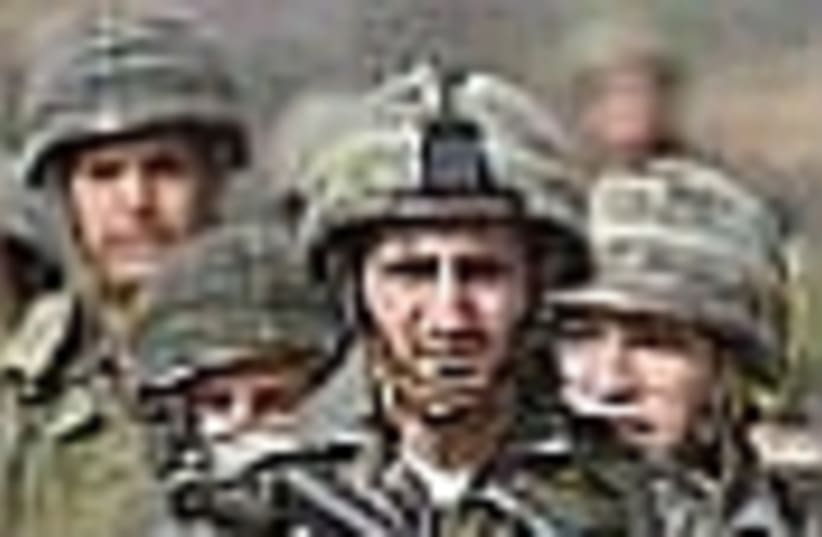| More about: | Hamas, Mahmoud Abbas, Izz ad-Din al-Qassam Brigades, Beersheba |
117 Hamas activists arrested
3 cells planned attacks and abductions, including murder of Sasson Nuriel.


| More about: | Hamas, Mahmoud Abbas, Izz ad-Din al-Qassam Brigades, Beersheba |